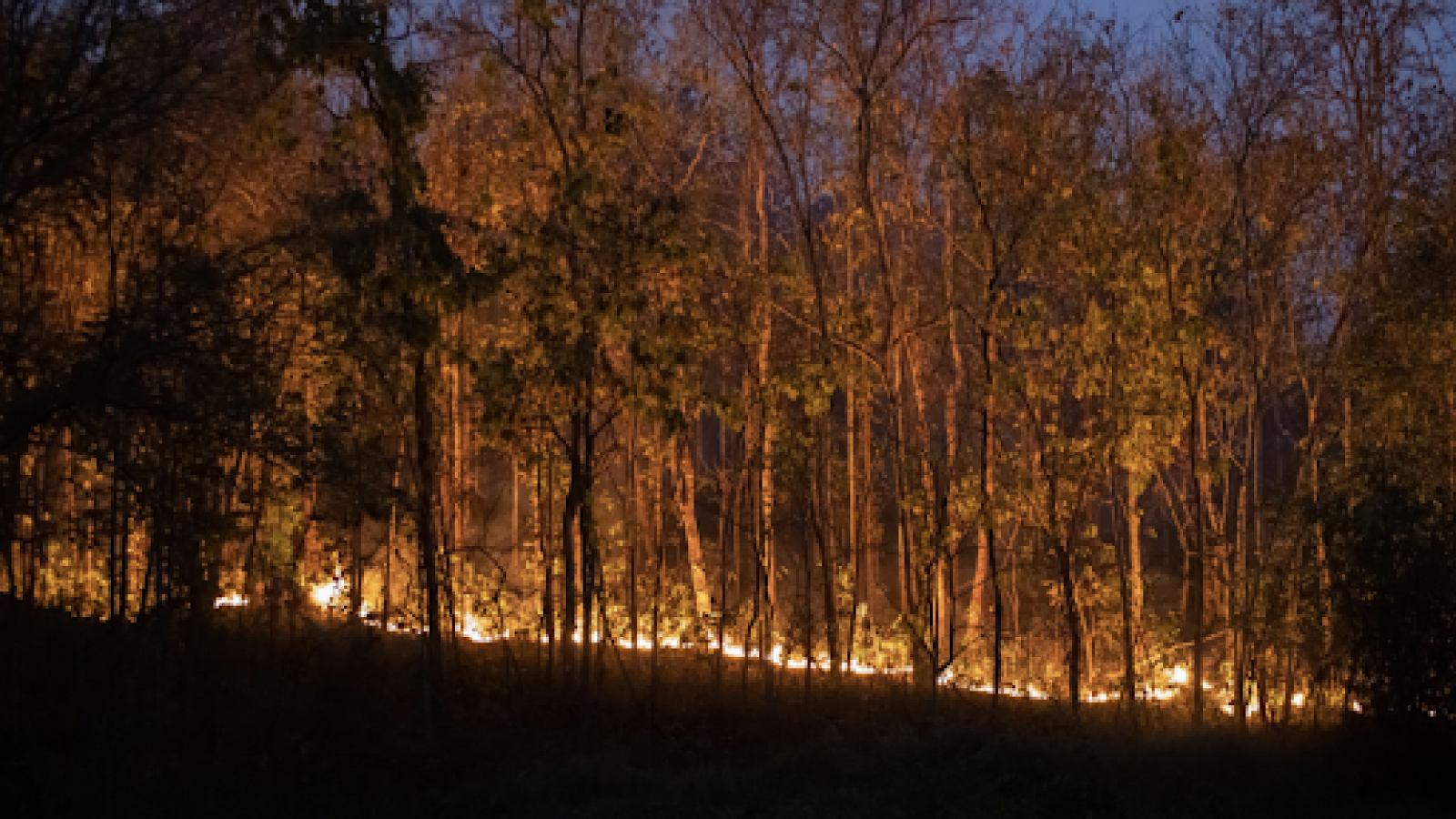Natural disasters costs are set to almost double over the next forty year period. $1.2 trillion is the projected cost to the Australian economy according to the Deloitte Access Economics estimate. They have estimated that natural disasters will drain the Australian economy of at least $73 billion per year by 2060.
The three main cost drivers are climate change, rising property values and population growth. Two thirds of these costs will be incurred in Queensland and New South Wales due to the rising temperature of oceans. Creating tropical cyclones and floods further south.
This figure projection was presented in Deloitte’s “Update to the economic costs of natural disasters in Australia” report, which was commissioned by the Australian Business Roundtable for Disaster Resilience & Safer Communities.
As the population grows major flooding from extreme weather events are forecast, increasing costs and social impact further. According to the report “coastal population centres in South East Queensland and North East NSW will experience some of the highest increases in costs as they become more exposed to tropical cyclones and floods.”
It also warned that a high emissions scenario introduces an additional $125 billion in costs over the same timeframe. It expressed that a low emissions future is imperative to offset climate change impact on natural disaster risks.
“Delaying action will ultimately mean paying more later as the costs from natural disasters increase.” the special report update mentioned.
The roundtable has released five independent research reports that include the financial and social costs of disasters. Each report recommends investment in disaster resilience and mitigation activities in response to natural hazards.
IAG MD and CEO Nick Hawkins says the action to limit climate change must be used in conjunction with interventions and creating resilient communities. Mr Hawkins said “the Roundtable members are seeing firsthand the impacts of more extreme, more frequent weather events on Australians, and this latest report provides further evidence that we must all continue to invest in increasing resilience to protect communities and ultimately, save lives.”
The report takes into consideration the smaller natural disaster events that aren’t always recorded by insured-loss data. These are utilised to consider how costs vary under various future temperatures scenarios.


Add a Comment